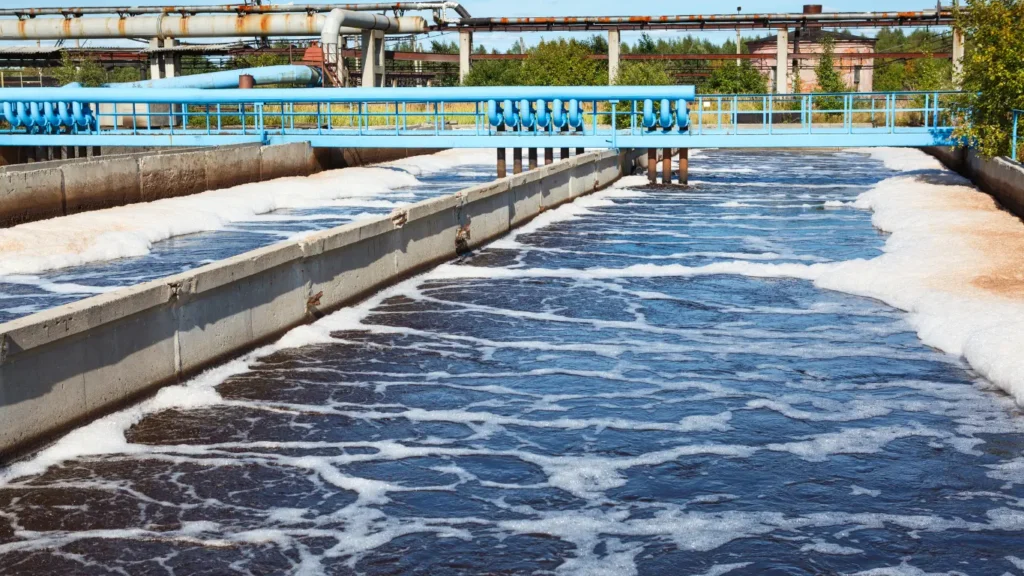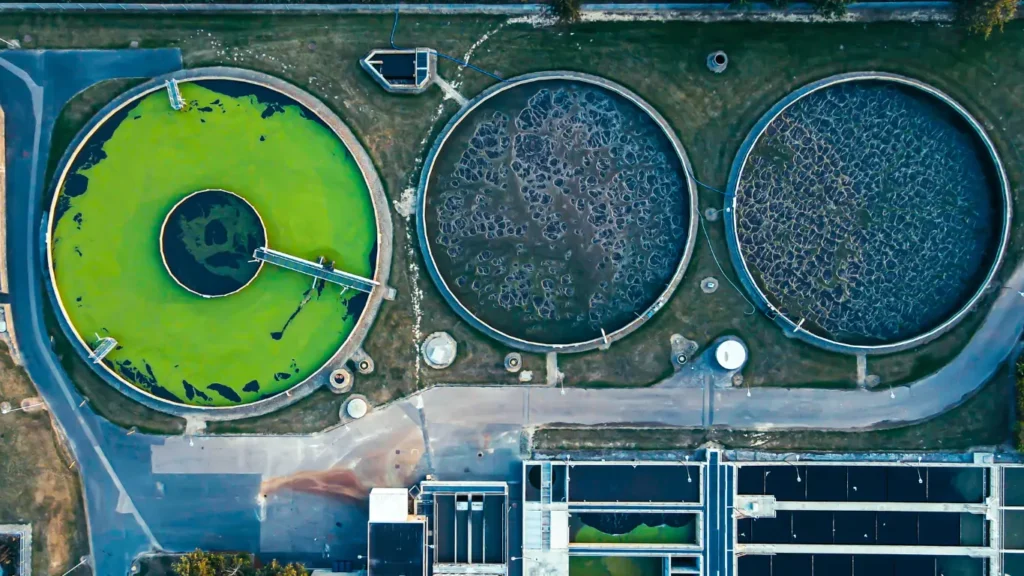As water scarcity becomes a global crisis, industries are under increasing pressure to conserve water and find sustainable solutions for wastewater management. Zero Liquid Discharge (ZLD) systems are rising as a vital technology to address this challenge, enabling industries to significantly reduce their water footprint and achieve their water conservation goals.
What is Zero Liquid Discharge (ZLD)?
ZLD is a cutting-edge wastewater treatment process that aims to minimise the release of liquid waste into the environment. Instead, the system treats wastewater to the point where the water is recovered and can be reused, while pollutants and contaminants are concentrated into a dry form for safe disposal or potential reuse as byproducts.
Contact Scaleban today to explore how ZLD can revolutionise your wastewater treatment!
How ZLD Helps Industries Conserve Water?
Recycling and Reuse: Zero Liquid Discharge recycles the treated wastewater back into the industrial processes, significantly reducing the need to draw fresh water from government or external sources. This approach minimises strain on freshwater resources and helps industries operate more sustainably.
Reduced Environmental Impact: By eliminating liquid waste discharge, ZLD prevents the contamination of waterways and ecosystems, protecting aquatic life and mitigating the environmental damage caused by industrial effluents.
Enhanced Regulatory Compliance: As environmental regulations become stricter, Zero Liquid Discharge empowers industries to comply with wastewater discharge standards, minimising the risk of fines and penalties.
Potential for Resource Recovery: In some ZLD systems, valuable resources like salts and minerals can be extracted from the concentrated waste stream, turning waste into a potential for recovery of resources.

Scaleban: Revolutionising Water Conservation in Industries
Scaleban, a leading provider of water treatment solutions, offers innovative technologies like Activated Glass media Filter, Scaleban Specality Chemicals and Scaleban itself as substitute for conventional ZLD technologies like wastewater RO & MEE. Here’s how Scaleban’s solutions contribute to sustainable water management:
Fresh water conservation: Scaleban’s systems facilitate the reuse of water treated by wastewater treatment plants like ETP and hence eliminating fresh water consumption in cooling towers. Utilising treated wastewater into cooling towers with Scaleban Technology also helps in the reduction in cooling tower blowdown which is directly proportional to the necessity for Wastewater RO and MEE, which entail CAPEX and OPEX, while also mitigating significant contributions to CO2 emissions.
Energy Efficiency: Scaleban’s technologies optimise energy usage in water treatment processes, thereby lowering overall operational costs and carbon emissions. By integrating energy-efficient components and processes, Scaleban contributes to the sustainability goals of industries while enhancing profitability.
Scale Prevention: Scaleban’s advanced technologies prevent the formation of scales in industrial equipment such as Heat Exchangers boilers, cooling towers, and pipelines. By inhibiting scale buildup, these solutions enhance operational efficiency and reduce the need for water-intensive maintenance procedures.
Contact Scaleban today to explore how ZLD can revolutionise your wastewater treatment!
SDGs Addressed by ZLD Technology
This blog also highlights how Zero Liquid Discharge (ZLD) technology aligns with two key Sustainable Development Goals (SDGs):
SDG 12: Responsible Consumption and Production: ZLD directly contributes to responsible consumption and production patterns by promoting water reuse and resource recovery. By minimising reliance on freshwater resources and potentially extracting valuable materials, ZLD fosters a more circular economy and reduces the environmental impact of industrial activities.
SDG 13: Climate Action: Zero Liquid Discharge indirectly supports climate action by conserving water, a vital resource threatened by climate change. Additionally, by reducing dependency on freshwater extraction, Zero Liquid Discharge can potentially lower energy consumption associated with water treatment processes.
In conclusion, Zero Liquid Discharge and innovatively designed solutions provided by Scaleban technology play essential roles in helping industries achieve their water conservation goals. By adopting these technologies, industries can minimise their environmental footprint, enhance operational efficiency, and contribute to a more sustainable future for generations to come.
